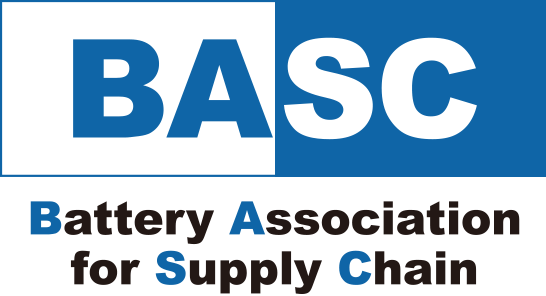Activities2022.08.31
Outline
On August 31, 2022, the Storage Battery Industry Strategy (Final Summary), formulated by the Public-Private Sector Council for the Storage Battery Industry Strategy, set the goal of establishing a domestic manufacturing capacity of 150 GWh for storage batteries and materials by 2030, and of developing and securing a total of 22,000 personnel for battery manufacturing and 30,000 for the entire supply chain, including materials. The goal is to train and secure a total of approximately 22,000 personnel in battery manufacturing and approximately 30,000 personnel in the entire supply chain, including materials.
In order to contribute to achieve this goal, the "Kansai Storage Battery Human Resource Development Consortium" will be established in the Kansai area, where storage battery-related industries are concentrated, with the participation of industry, educational institutions, local governments, support organizations, and others. The Kinki Bureau of Economy, Trade and Industry (METI-Kansai), together with the Battery Association of Japan (BAJ) and the Battery Association for Supply Chain (BASC) will serve as the Consortium's secretariat to promote human resource development and other initiatives.
The Consortium will share the current status and issues related to the development and securing of human resources faced by industry, academia, and government, and will work to achieve the ideal image of human resources, while deepening discussions on initiatives to develop and secure human resources for storage batteries. Specifically, the committee will discuss measures to be taken to introduce an educational curriculum at technical high schools and technical colleges, etc., and to start educational programs at AIST and other supporting organizations on a full-scale basis, mainly in the Kansai area, by fiscal 2024.
In FY2022, the consortium will hold about two plenary meetings, followed by several working sessions to discuss more concrete measures and create use cases. Afterwards, based on the discussions and examinations at the Consortium, we plan to publish a report summarizing the roles required of each of the industry-academia-government and the direction of future initiatives.
Source:Kinki Bureau of Economy, Trade and Industry
